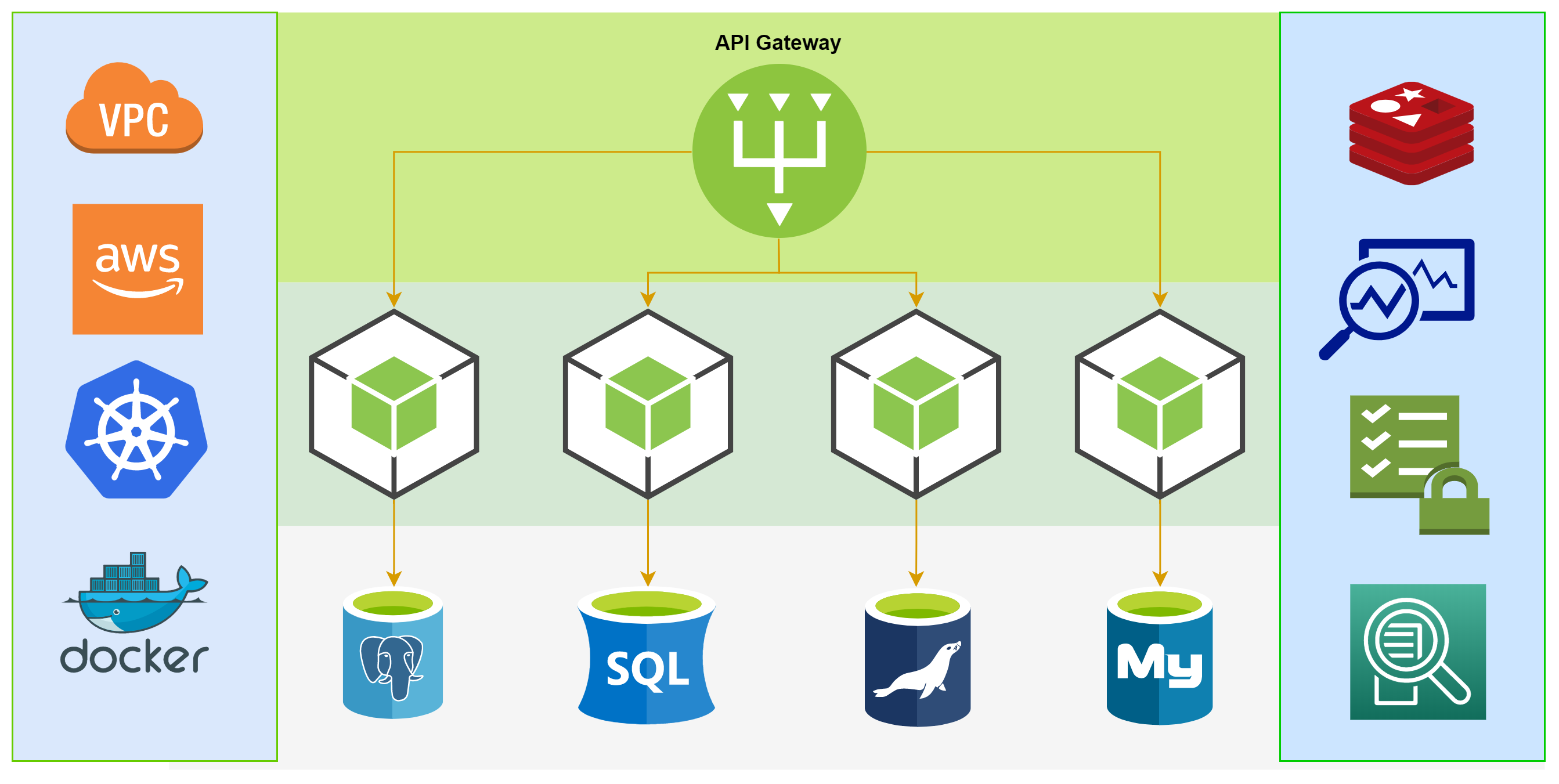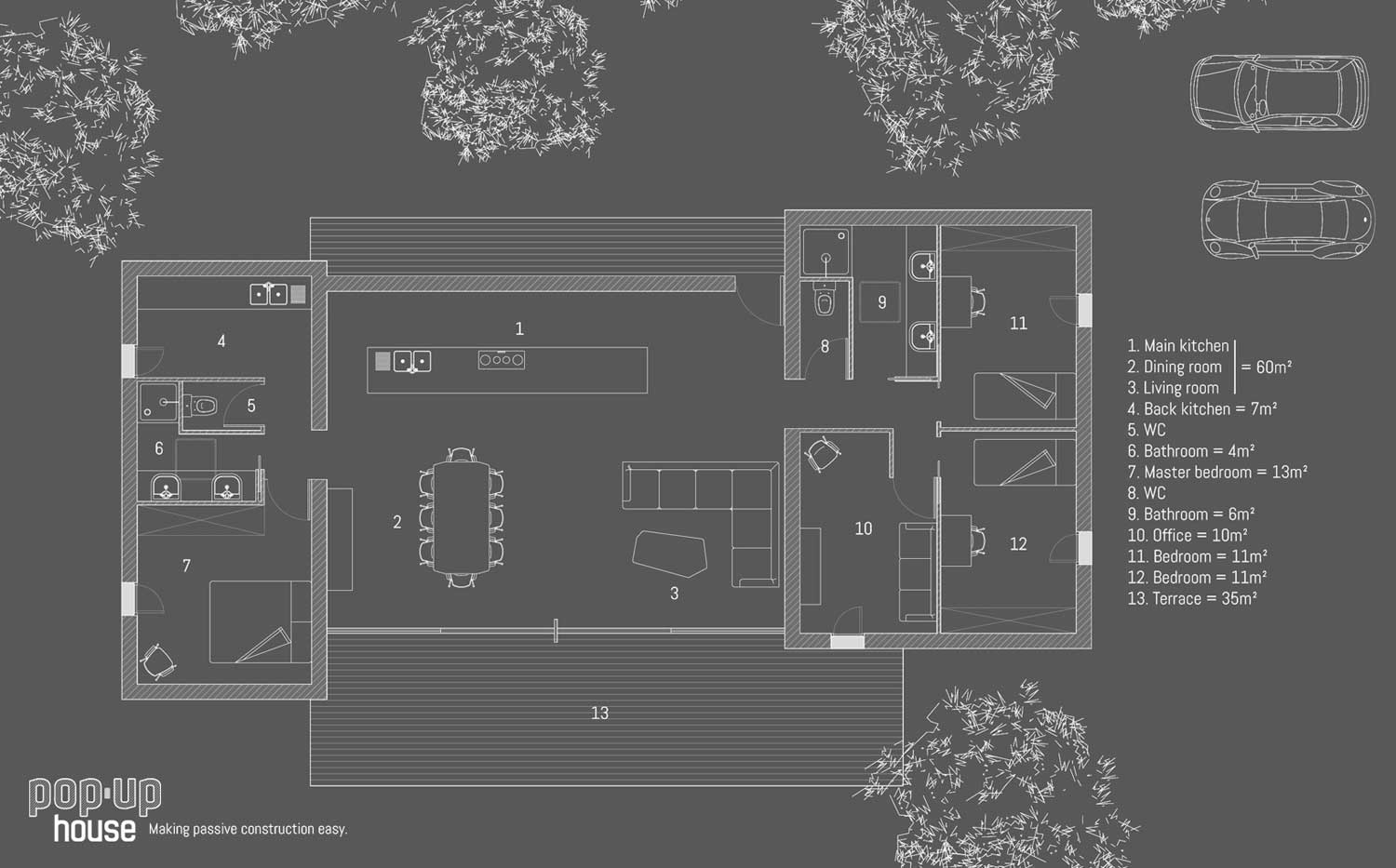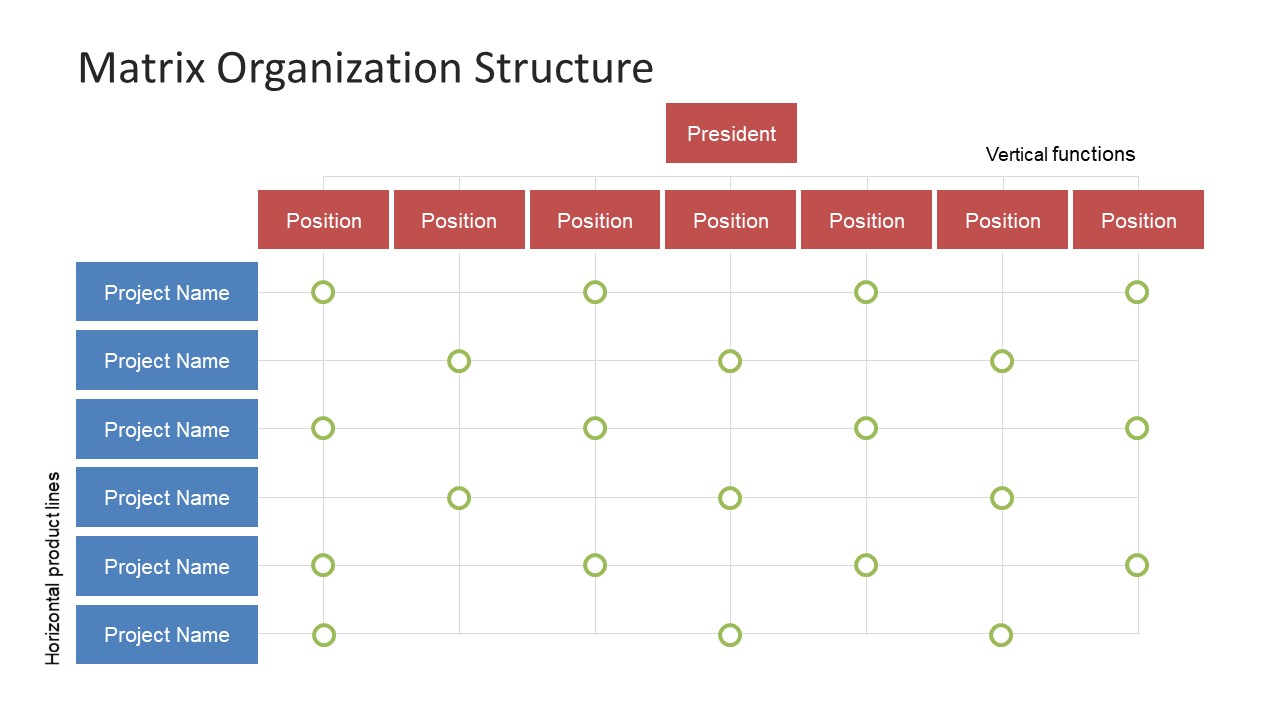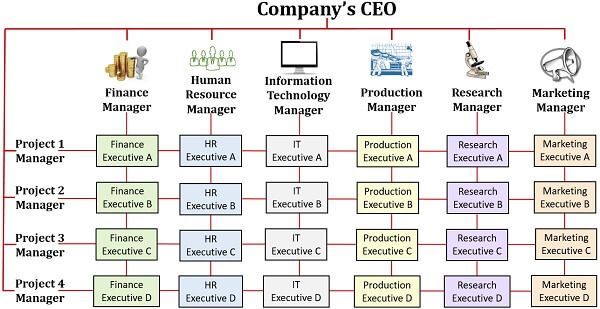Table Of Content

In this pattern, we collect and consolidate log data generated by various microservices, allowing for centralized monitoring, analysis, and troubleshooting of the entire microservices architecture. The saga pattern is used to ensure data consistency across multiple services in a microservices architecture. In traditional monolithic systems, transactions are usually managed using a two-phase commit. However, in a microservices architecture, where services are loosely coupled and distributed, this approach is not practical. Microservices often rely on distributed data management, which can be complex.
Microservices Design Patterns for Performance Monitoring
Get More Out of Your Data With Analytics Microservices - Towards Data Science
Get More Out of Your Data With Analytics Microservices.
Posted: Tue, 04 Jan 2022 08:00:00 GMT [source]
So far, the design patterns we talked about were decomposing applications for greenfield, but 80% of the work we do is with brownfield applications, which are big, monolithic applications. Applying all the above design patterns to them will be difficult because breaking them into smaller pieces at the same time it's being used live is a big task. This service plays an important role in the microservice architecture which ensures the data integrity, isolation, and prevents it from direct data access between the services.

essential Microservices design pattern to create robust, scalable, and reliable Microservices
That change is the transformation to the microservices-oriented application (MOA). This may be used when an application has a large number of interrelated functions or processes. Developers may also use it when functions or processes are likely to change frequently.
Top 10 must-know Kubernetes design patterns
Each of these services corresponds to a specific business functionality and can be developed, deployed and scaled independently. The evolution of microservices and containers in recent years significantly changed the way we design, develop, and run software. In this e-book, you'll learn to create cloud-native applications with Kubernetes as a runtime platform and build container images directly within the cluster. The next article in this series explains how some companies incrementally move from a monolithic application to microservices. Still, sharing a physical database may be appropriate in some situations. When a single database is shared by all services, though, it’s very important to enforce logical boundaries within it.
However, implementing the Database Per Service pattern can be challenging. It involves dealing with distributed data management issues, like ensuring data consistency across services. Despite these challenges, the Database Per Service pattern is a powerful tool for achieving data isolation and autonomy in a microservices architecture.
In traditional systems, the same data model is often used for both these operations. It proposes the use of separate models for update (Command) and read (Query) operations. This segregation enables you to optimize each model for its specific purpose, thereby improving performance and scalability.
The API gateway also ensures a smooth transition by dynamically routing requests to the appropriate microservices, thus minimizing downtime and ensuring a seamless user experience during deployment. API gateway provides a unified entry point for clients while abstracting the underlying complexities of the microservices architecture. During deployment activities, when updates or changes are made to individual microservices, the API Gateway shields clients from potential disruptions. Clients can continue interacting with the API Gateway without being aware of the modifications occurring in the backend. This abstraction allows for rolling updates and new versions of microservices can be gradually introduced without affecting the overall system availability. This deployment strategy is particularly valuable in microservices architectures, where various services may need to be updated independently, and maintaining service availability is critical.
A message broker helps with the communication between different microservices, monitoring messages and ensuring communication is reliable and stable. To facilitate this function, the event sourcing pattern stores a series of state-changing events and can reconstruct the current state by replaying the occurrences of an entity. A developer might use a command query responsibility segregation (CQRS) design pattern if they want a solution to traditional database issues like data contention risk. CQRS can also be used for situations when app performance and security are complex and objects are exposed to both reading and writing transactions. However, different teams will value the API gateway pattern for different reasons.

The Circuit Breaker Pattern
One of the big differences between in-memory calls and remote calls is that remote calls can fail, or hang without a response until some timeout limit is reached. What's worse if you have many callers on a unresponsive supplier, then you can run out of critical resources leading to cascading failures across multiple systems. In his excellent book Release It, Michael Nygard popularized the Circuit Breaker pattern to prevent this kind of catastrophic cascade.
The client also doesn’t need to know how to find or communicate with a multitude of ever-changing services. You can also create a gateway for specific types of clients (for example, backends for frontends) which improve ergonomics and reduce the number of roundtrips needed to fetch data. Plus, an API gateway pattern can take care of crucial tasks like authentication, SSL termination and caching, which makes your app more secure and user-friendly. The monolithic architecture was historically used by developers for a long time — and for a long time, it worked.
I am stopping now to hear back from you on what microservice patterns you are using. Some business transactions need to query data that is owned by multiple services. With microservices, the UI has to be designed as a skeleton with multiple sections/regions of the screen/page. Each section will make a call to an individual backend microservice to pull the data. This enables the app to refresh a particular region of the screen instead of the whole page.










